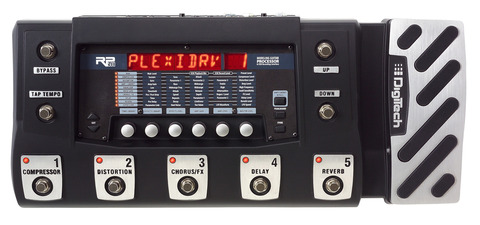
A Harmonica Player’s Review of James Taylor’s Hourglass
This is a harmonica player’s review, which means the ultimate focus is on the two songs on James Taylor’s latest release that contain harmonica playing (by Stevie Wonder and James Taylor respectively). The overall quality of this release is so high that I can’t help but talk about other aspects of the recording first.
The roots of this music lie in the relaxed R&B-influenced rock style that Taylor practiced in the 1970s and ‘80s; we hear the apotheosis of that style on this record, where the band plays the grooves with exemplary grace, power, and economy. There’s plenty of guitar, including Taylor’s patented acoustic style, but the dominant sounds are of keyboards. Every member of the band is given the spotlight at some point, and on one cut Taylor gives the whole ensemble a chance to rock out at length. Many of the songs are enlivened with simple, colorful instrumental touches, like the pennywhistle Taylor plays effectively on “Jump Up Behind Me.” It’s a very good-sounding record.
The album features a number of exceptionally strong backup musicians, including several star guest soloists (Yo-Yo Ma, Branford Marsalis, Stevie Wonder, David Sanborn) and singers (Sting, Shawn Colvin). Taylor often uses the soloists as another “voice,” i.e. as a clear emotional and melodic counterpoint to the lead vocal, as opposed to mere filler between vocal lines. The most striking examples of this approach include “Got to Spend A Little More Time with You,” where the soloist is Stevie Wonder, and “Up From Your Life,” where Dave Sanborn absolutely tears the world down around the listener with his keening sound and sad melodies. I’ll note briefly that the songs are among the best Taylor has ever written, with great melodies and lyrics that address all the big issues — love, death, generations, the fate of the earth — without ever sounding pompous, overblown, or arrogant, or anything but true.
We can sum up the above as follows: buy this record and listen to it frequently. We can now discuss the harmonica work in detail.
Stevie Wonder’s work on “Got to Spend A Little More Time with You” is classic Wonder harmonica, and among the best he has ever recorded. The piece is played in F# major and G major on a C chromatic harmonica, great keys for Wonder’s favorite harmonica tricks. (F# was the key of Wonder’s classic hit “For Once in My Life”, and of its extraordinary, exuberent, much-imitated harmonica solo.) All the usual Wonder devices are there: a heavy reliance on the major pentatonic scale; plenty of little turns and trills courtesy of the chromatic harmonica slide; a keen sense of line; a suble feel for how a single carefully chosen note can imply harmony; nifty articulations that here include flutter-tonguing; and a big, gorgeous chromatic harmonica tone. He and Taylor are clearly inspired by each other, and the song is a fitting vehicle for Wonder, with its R&B groove and jazzy chord changes. Any fan of Wonder’s harmonica playing will be glad to have the record for this cut alone.
Taylor’s harmonica work on “Everything Changes” is far less interesting. He uses a diatonic harmonica (normal Richter tuning) for fairly simple stuff: a couple of chords here, a single note line there. But the overall level of playing on this record is so high that Taylor’s comparative lack of skill on the harp comes across as the weakest thing on it. It’s especially noticeable when he plays single note lines; his breathing on the instrument is not controlled enough to give the notes any authority. Maybe he figured the part was so simple that anyone could play it. This is always a mistake, albeit one that’s made more frequently with harmonica than with any other instrument.
In Taylor’s favor, his harmonica playing is no worse than that of a lot of other folkies, and better than many; I wouldn’t make such a big deal out of it if this record were not so remarkable in every other way. I repeat my earlier advice: buy this record; play it often. Whether or not your primary interest is in the harmonica work, you will be glad.
Related Posts
Leave a Reply
You must be logged in to post a comment.
WHAT’S NEW
Categories
- Audio/Video
- Blog
- Blue Future
- Digitech RP Tricks and Tips
- Discography, CDs, Projects, Info, Notes
- Featured Video
- For the Beginner
- Gallery
- Hunter's Effects
- Hunter's Music
- Huntersounds for Fender Mustang
- Meet the Pros
- More Video
- MPH: Maw/Preston/Hunter
- My Three Big Contributions
- Player's Resources
- Pro Tips & Techniques
- Recommended Artists & Recordings
- Recommended Gear
- Recorded Performances
- Reviews, Interviews, Testimonials
- The Lucky One
- Uncategorized
- Upcoming Performances
- Zoom G3 Tips and Tricks
